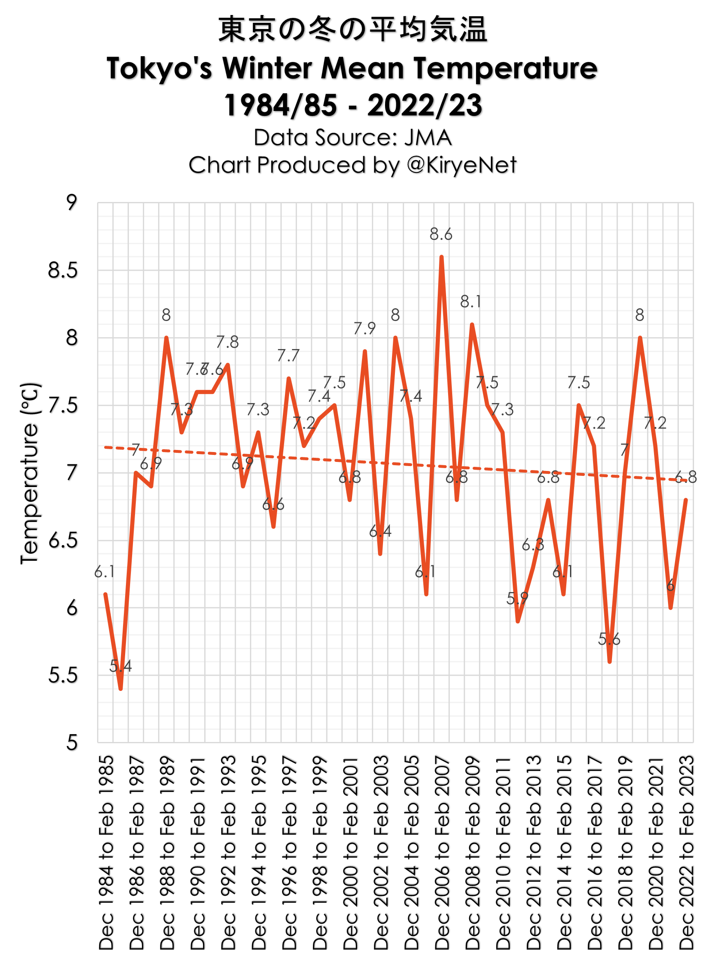by K. Richard, Mar 6, 2023 in NoTricksZone
Most of the 1100 Pacific and Indian Ocean islands have been growing, not shrinking in size, in the last half century.
Activists convinced humans are able to exert fundamental control over ocean dynamics claim the rates of sea level rise and modern climate change are so rapid and unprecedented that modern changes are dramatically affecting shoreline movement on low-lying islands.
But a new study (Kench et al., 2023) assesses the opposite may be true. Recent shoreline changes (±40 m/50 years) are “dwarfed” by the shoreline changes (±200 m/100 years) that occurred throughout previous centuries. Globally, here is nothing “unprecedented” about what has been occurring with reef island shoreline dynamics in recent decades.
Of the global database of 1,100 Pacific and Indian Ocean reef islands, the “dominant mode of response has been the expansion of islands on reef surfaces (>53%)” over the last half-century. Only 0.3% (3 of 1,100) of islands have experienced “total loss.” Similarly, Duvat (2019) found 89% of 709 global-scale islands have been either stable or growing in size since the 1980s.
Of the islands sampled for the study, none are older than 1,400 years. Before then, they were submerged beneath the sea due to the much higher sea levels of the past.
…





